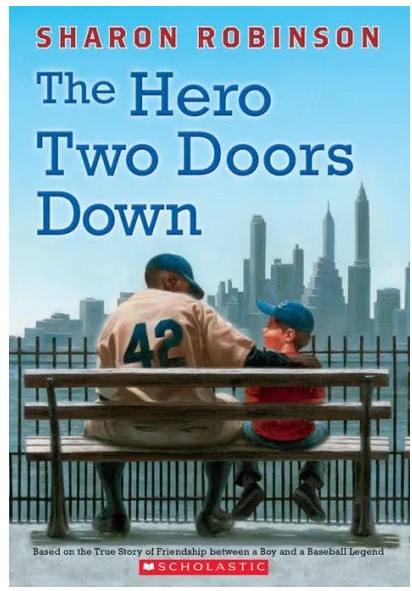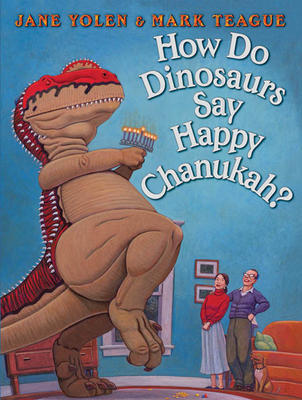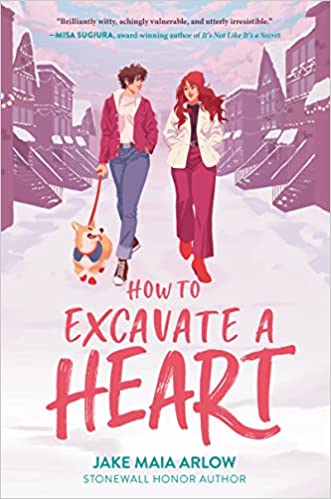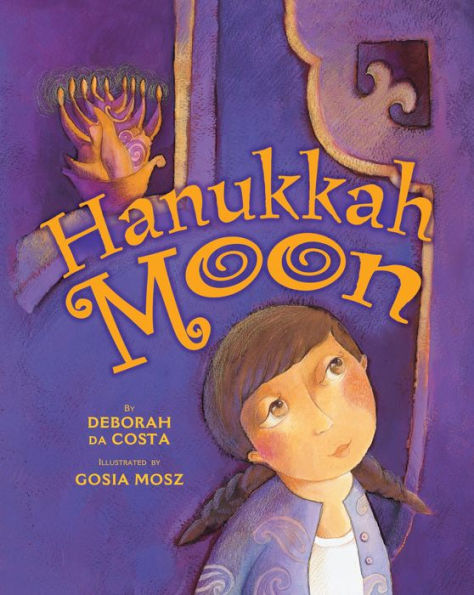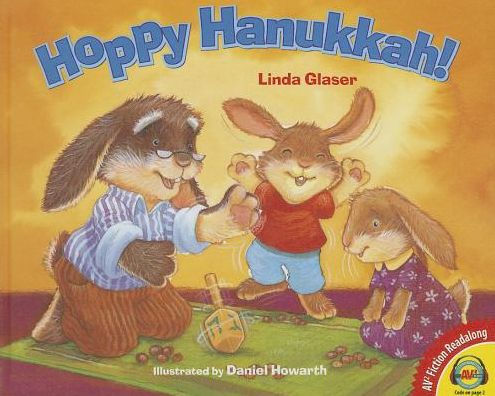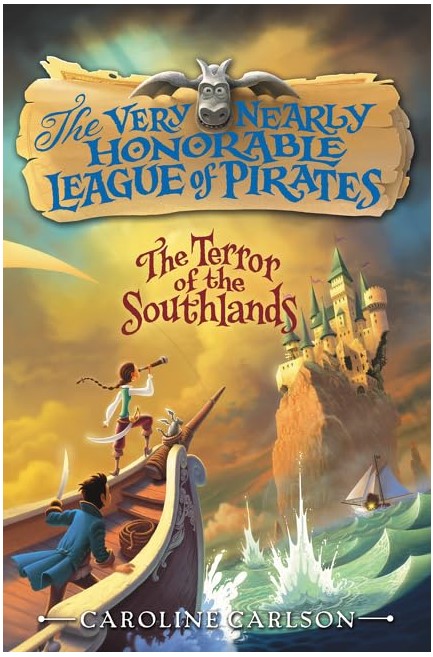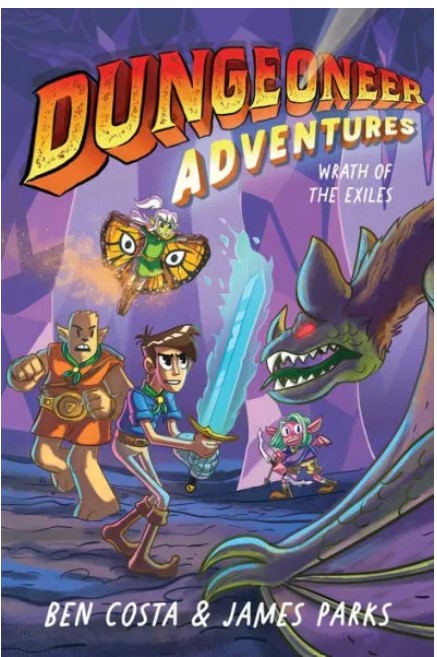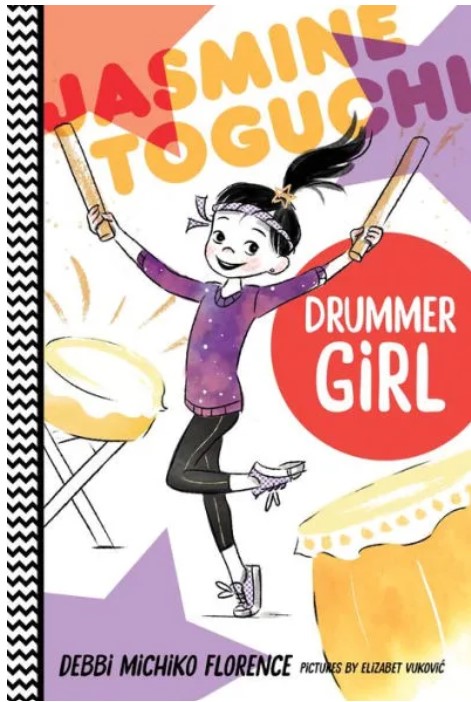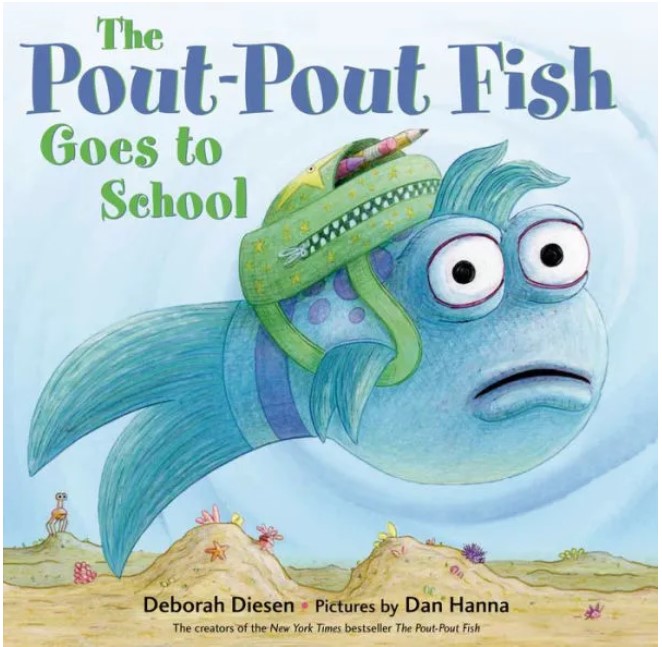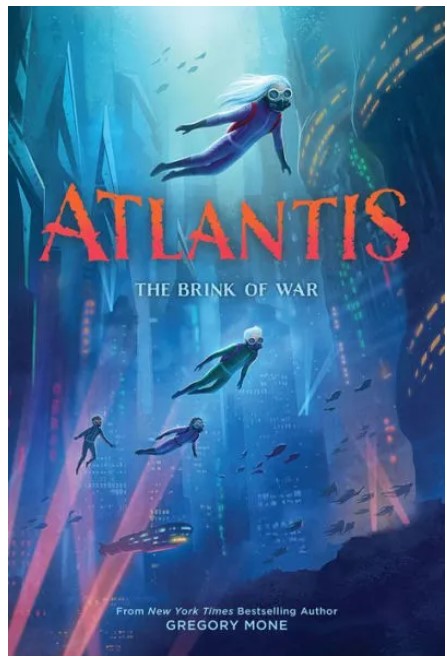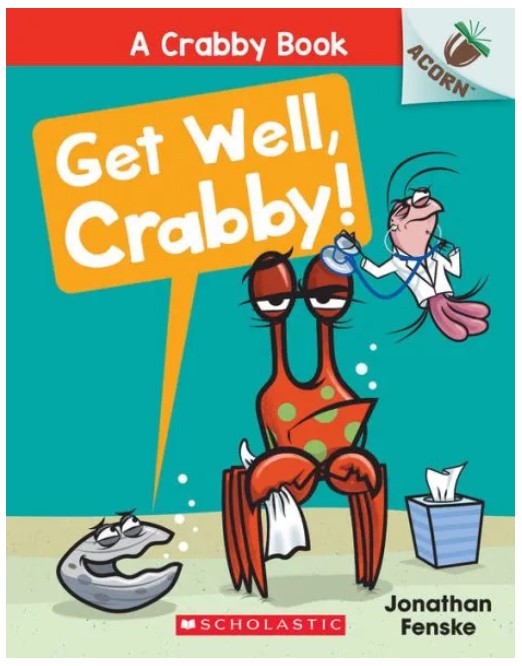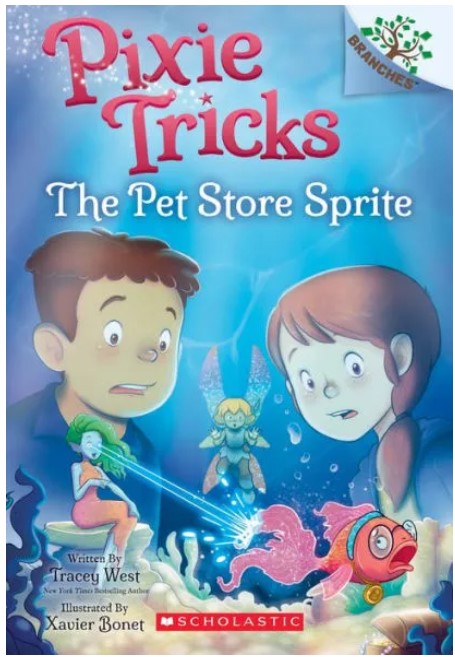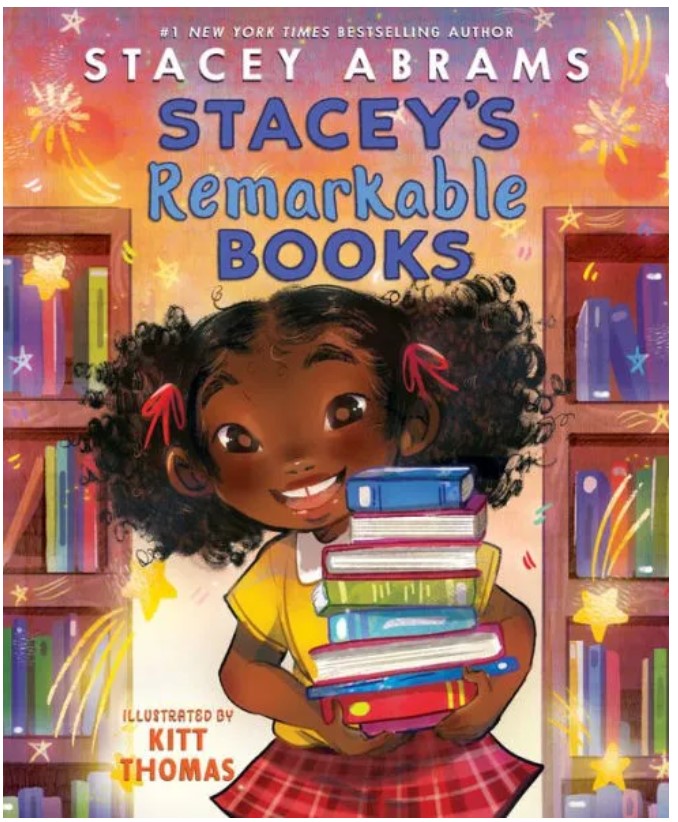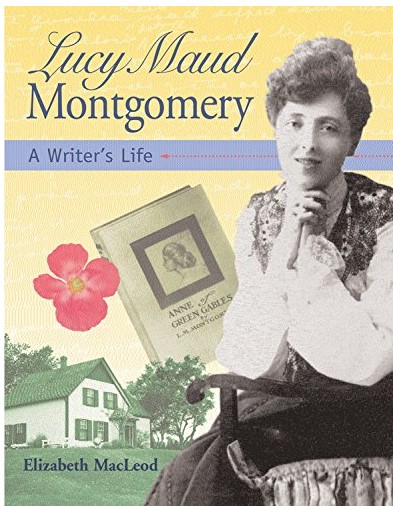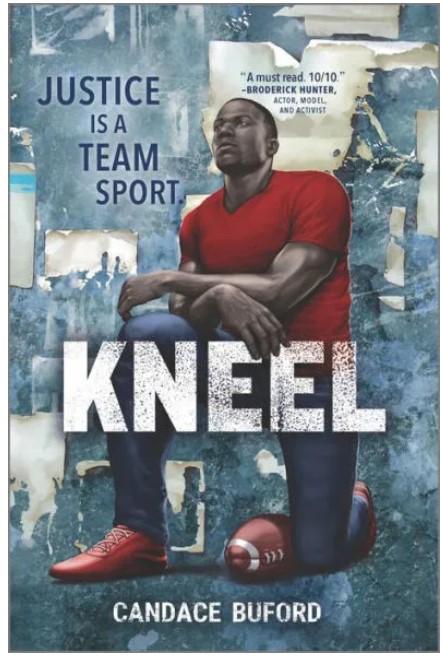This book is based on the true story of a boy in Brooklyn who became neighbors and friends with his hero, Jackie Robinson.
Stephen “Steve” Satlow is an eight-year-old boy living in Brooklyn, New York who cares about only one thing: the Dodgers. Steve and his father spend hours reading the sports pages and listening to games on the radio. Aside from an occasional run-in with his teacher, life is pretty simple for Steve.
But then Steve hears a rumor that an African-American family is moving to his all-Jewish neighborhood. It’s 1948 and some of his neighbors are against it. Steve knows this is wrong. After all, his hero Jackie Robinson broke the color barrier in baseball the year before.
Then it happens — Steve’s new neighbor is none other than Jackie Robinson! Steve is beyond excited about living two doors down from the Robinson family. He can’t wait to meet Jackie. This is going to be the best baseball season yet! How many kids ever get to become friends with their hero?
Steve’s childhood is chronicled in the first five chapters of The Hero Two Doors Down. While this allows readers to understand Steve’s behavior, the story has a slow start. Much of the story focuses on Steve’s inner thoughts and lacks actions. Despite that, anyone who admires Jackie Robinson will enjoy the story.
Since Jackie Robinson is the main character in The Hero Two Doors Down, readers might expect a story about baseball. However, there is little baseball action because the story focuses on Steve’s relationship with Jackie. This gives readers an inside look into Jackie’s personal life and highlights his positive attributes. Jackie’s influence changed Steve from an angry boy who used his fist to solve problems to a boy who understood that “punching someone who has verbally attacked you will only make things worse.”
The Hero Two Doors Down illustrates important life lessons including the importance of self-control. At times the adults are preachy, but this makes the message impossible to miss. By reading the book, readers will learn positive ways to interact with others, even when they both disagree. Jackie helped Steve learn that “You’ll become your best self if you stay focused, set goals, and don’t let anyone stop you from making your dreams come true.” While the story lacks baseball action and has a slow pace, the book’s message makes it worth reading. Readers who want to learn more about Jackie Robinson should also read Play Ball, Jackie! by Stephen Krensky. Readers looking for more baseball action can find it in The Contract Series by Derek Jeter and Prime-Time Pitcher by Matt Christopher.
Sexual Content
- None
Violence
- Steve gets into trouble after school. He hears that his teacher, Miss Maliken, plans to make a home visit. Steve and his best friend, Sena, try to stop her. “Sena’s hand reached toward Miss Maliken, but I followed her lead. Together we pushed Miss Maliken, then watched in shock as she toppled over the hedge. The air filled with her screams. . . Women scrambled to help her.” Steve is suspended from school.
- Steve’s grandparents “fled Russia, along with two million other Jewish families, hoping to find freedom to practice their religion . . . In Russia, Jews were treated very badly. . . There was a lot of violence against them, and many men, women, and children were hurt or killed simply because they were Jewish.”
- Some players are upset that Jackie is playing baseball. “He’s been hit six times by pitchers and been insulted plenty just because he’s a black man in a previously all-white game.” Some of the players also tried to “slide into second base with their cleats pointing forward. It was dangerous and could lead to a serious injury for the second baseman.”
- When Jackie was in school, he joined a gang. He said, “We didn’t do anything really bad. . . stole some golf balls and sold them back to the golfers. . . took fruit from stands.”
- During a pick-up game, Steve drops a ball. Afterwards, “Several boys on our team ran over to me.” When they started calling Steve names, he “jumped up from the ground. . . and got in their faces. . .” Sena tried to drag Steve away, but Steve “pulled [his] arm away and jammed it into the belly of one of [his] attackers instead of retreating. The boy punched [him] hard in the gut. [He] dove into the other boys.” Sena and Steve finally run away.
- Steve has some anger issues and he “was sent to the principal’s office because [he] bloodied a classmate.”
Drugs and Alcohol
- None
Language
- Some boys call Steve a sissy and a liar.
- Someone calls Steve a chicken.
Supernatural
- None
Spiritual Content
- Steve and his family are Jewish and occasionally pray, but no actual prayers are included.
- Steve’s family celebrates Hanukkah. On the first night, “when your father lights the first candle, he will say a special prayer asking for peace in Israel . . .”
- Jackie gives Steve a Christmas tree. Steve’s parents want to return the tree because “it is a symbol of a Christian holiday. Like Hanukkah, Christmas is part religious holiday and part tradition.”
- Steve’s favorite part of Hanukkah is “watching my father pray for peace, understanding, and friendship . . . I learned that whether you are Christian or Jewish, we both pray to God.”
